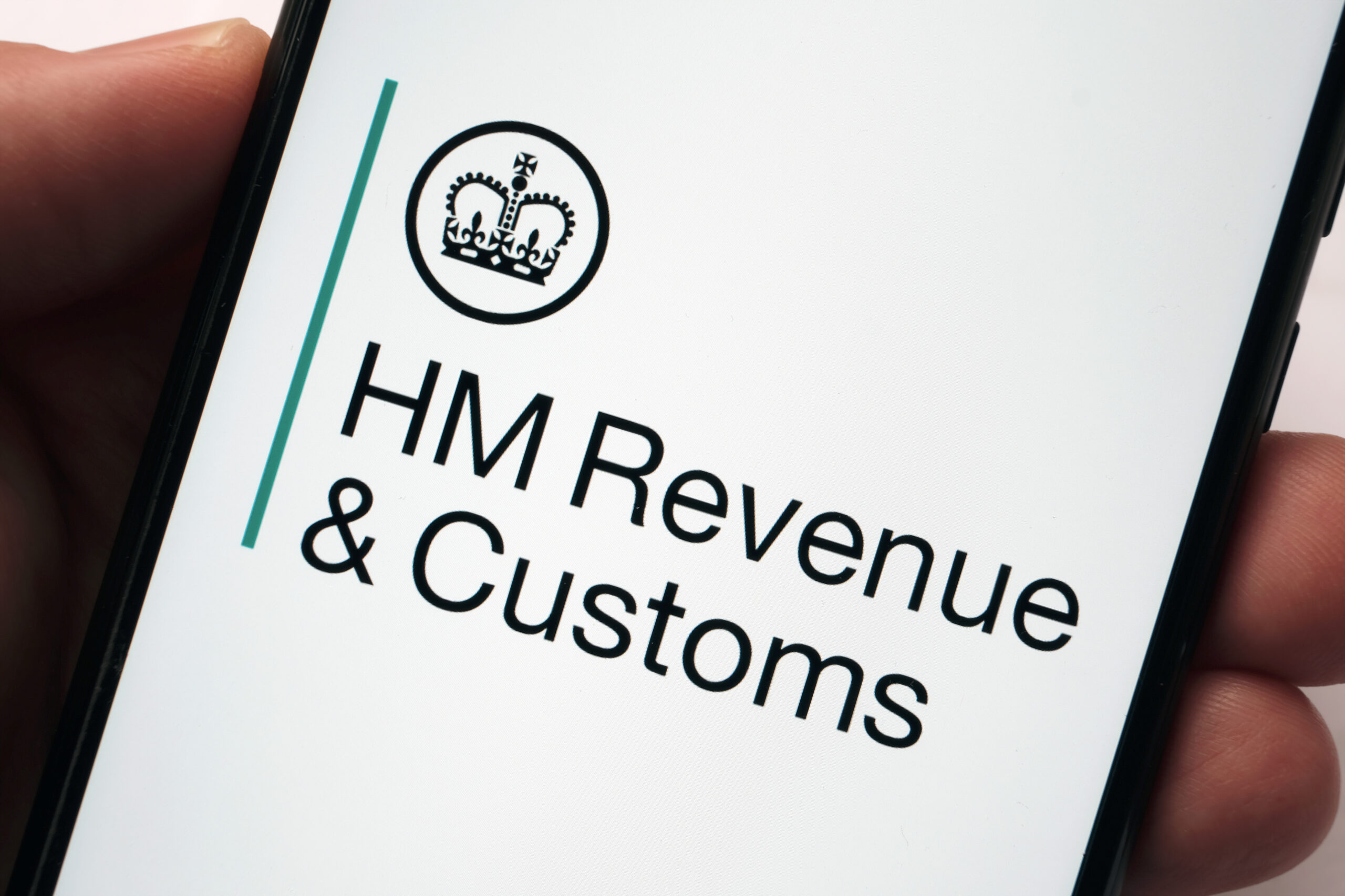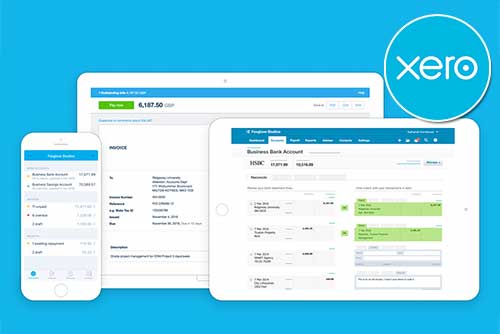What Is Cash on Hand Accounting? Definition, Examples, and Considerations
‘Cash on hand’ is a term that carries significant weight. It’s a key indicator of a business’s financial stability and liquidity.
Cash on hand accounting refers to the total cash that a business has readily available after all expenses have been paid. This isn’t limited to actual cash, but also includes assets that can be quickly liquidated into cash within a short accounting period.
The concept of cash on hand is not confined to physical money or what’s in the bank account. It encompasses a broader spectrum, including liquid assets that can be swiftly converted into cash. This is particularly beneficial when the business doesn’t have much actual cash to rely on.
Understanding the definition of cash on hand is vital for assessing the financial health of a business. It provides a clear picture of the company’s ability to meet unexpected expenses, thereby playing a significant role in the cash flow statement.
The Importance of Cash on Hand Accounting for Small Businesses
Cash on hand is a vital lifeline for small businesses, acting as a safety net during financial turbulence. It’s not just about having enough cash to cover operating expenses, but also about demonstrating financial stability and readiness for unexpected costs or investment opportunities.
Ensuring Business Continuity
The business’s cash is the buffer that keeps the business running during challenging times, ensuring business continuity. When a business has enough cash on hand, it can weather financial storms, whether they’re caused by a sudden drop in sales, unexpected expenses, or a global economic downturn. Things can change significantly at a moment’s notice, and you may need cash to respond. Unlike other assets or financing, cash is quickly liquified and can be used immediately to settle bills in the short term.
The amount of cash a business should have on hand can vary. It largely depends on the industry and business model. A general rule of thumb is to have enough to cover three to six months’ worth of operating expenses. This gives the business the flexibility to adapt and survive less profitable periods without having to sell assets or take on debt.
Monitoring your cash flow is crucial in this regard. It helps you understand how much money your business is generating and spending, allowing you to calculate and ensure you have enough cash on hand at all times. This not only helps you meet your operating expenses but also ensures you can pay vendors and employees on time, thereby maintaining a healthy business function.
Cash on Hand and Business Financial Health
The financial health of a small business is often reflected in the amount of cash on hand it possesses. This is not just about having enough cash to cover operating expenses, but also about demonstrating financial stability to potential investors, partners, and customers.
A healthy cash on hand balance can be a strong indicator of a business’s financial worth, and it can also provide a safety net for unexpected costs. This could be anything from a sudden increase in rent, to unforeseen equipment damage, or even golden short term investments that require immediate funding.
It’s crucial for small businesses to monitor their cash on hand regularly. This not only helps to ensure business continuity but also contributes to maintaining a positive financial image. It’s a delicate balance to strike, but with careful planning and management, it’s entirely achievable.
How Much Cash or Cash Equivalents Should I Have on Hand?
In the diverse world of business, the concept of ‘cash on hand’ takes on different forms and significance. Whether it’s a retail, service, or manufacturing business, all have unique cash flows and requirements:
Cash on Hand Accounting in Retail Businesses
In the retail industry, cash on hand is a crucial aspect of daily operations. Retail businesses often deal with a high volume of transactions, making the cash register a significant source of cash inflow. For instance, a clothing store may have a substantial amount of money in its cash register at the end of the day, which is considered as cash on hand.
Retail businesses may also have cash in bank accounts from credit card transactions. This is also part of their cash on hand. The total cash on hand for a retail business is the sum of the actual cash in the register and the amount in the bank account from card transactions.
The amount of cash on hand a retail business should maintain can vary. It depends on factors such as the size of the business, the number of transactions, and the industry norms.
Cash on Hand Accounting in Service Businesses
Cash on hand plays a crucial role in maintaining smooth operations in service businesses. For instance, a plumbing company might need immediate cash to purchase replacement parts or pay for emergency repairs. This is where the concept of cash on hand comes into play. It’s not just about the actual cash in the cash register or the balance in the business bank account. It also includes assets that can be quickly liquidated, such as market funds or credit card receivables.
The amount of cash on hand that a service business should maintain can vary greatly. It depends on factors like the nature of the business, the predictability of cash inflows, and the business owner’s risk tolerance. For example, a business that has a steady stream of clients and predictable cash inflows might need less cash on hand than a business that experiences significant fluctuations in demand.
Cash on Hand Accounting in Manufacturing Businesses
A manufacturing business might have a significant amount of money tied up in machinery, raw materials, and inventory. If a machine breaks down unexpectedly, the business owner needs to have enough cash on hand to cover the repair costs without disrupting the production line.
Cash on hand in this context could also include liquid assets like market funds that can be quickly converted into cash. This provides the business with the financial health and flexibility it needs to navigate through unpredictable industry and business scenarios.
What’s the Difference Between Petty Cash and Cash on Hand?
Petty cash and cash on hand are both integral to the smooth running of a business, but they play different roles in the cash flow statement.
Petty cash, as the name suggests, is a small amount of money that a business keeps on hand for minor, unexpected expenses. This could include anything from office supplies to postage costs. The key characteristic of petty cash is its immediacy and accessibility. It’s usually managed by a designated individual, often referred to as the petty cash custodian, who is responsible for disbursing funds and keeping track of all transactions.
The use of petty cash is a practical solution for businesses, especially when dealing with small or infrequent transactions where the use of a credit card or cheque might be inconvenient. However, it’s important to note that petty cash still represents company funds and should be treated with the same level of care and accountability as any other financial asset.
Regular reconciliation and replenishment of the petty cash account are crucial to avoid any potential discrepancies. This is where the petty cash custodian plays a vital role, verifying the validity and purpose of each expense, recording transactions, and maintaining the petty cash log.
On the other hand, cash on hand is a broader term. It encompasses not only the physical cash within the business, such as in cash registers or safes, but also includes money in bank accounts and other assets that can be quickly converted into cash. This total cash on hand is a critical indicator of a business’s financial health, informing decisions on everything from vendor payments to rent and other operational costs.
Considerations and Disadvantages of Cash on Hand
While having enough cash on hand is crucial for a business’s survival, there are potential risks associated with having too much of it. One of the main considerations is the opportunity cost. When a significant amount of money is sitting idle, it’s not being invested in growth opportunities or earning interest. This could lead to a slower growth rate for the business.
Another risk is the potential for theft or fraud. Cash is a liquid asset that can be easily stolen or misused. Businesses with a lot of cash on hand need to invest in security measures, which can be costly.
Striking a balance between cash on hand and investments is a crucial aspect of financial management for any business. Having too much cash on hand can be as detrimental as having too little. While it’s essential to have enough cash to cover operating expenses and unexpected costs, hoarding cash can lead to missed growth opportunities.
Investing excess cash can help businesses grow and increase their cash inflow. For instance, a business might invest in market funds or other liquid assets that can be quickly converted to cash when needed. This approach not only ensures the business has access to funds in case of an emergency but also allows the business to earn returns on its idle cash.
The decision to invest should be made carefully, considering the business’s financial health, industry norms, and the potential risks associated with the investment. The key is to maintain a balance that allows the business to operate smoothly while also capitalising on growth opportunities.
Wrapping Up: The Role of Cash on Hand Accounting
Cash on hand is not just about having enough cash to cover operating expenses, but also about ensuring your business’s financial health and continuity. By accurately calculating your cash on hand, you can better monitor your cash inflows and outflows, and make informed decisions about your business’s future.
While having a healthy amount of cash on hand is beneficial, it’s also crucial to strike a balance. Having too much cash can lead to missed investment opportunities, while having too little can put your business at risk.
Need an accountant?
About the Author
Lucy Cohen, our Co-Founder at Mazuma, is a passionate innovator dedicated to revolutionising the accountancy industry. Over her 21-year career, including 18 years at Mazuma, Lucy has become an industry expert, contributing regularly to trade publications like Accounting Web and authoring acclaimed books such as “The Millennial Renaissance” and “Forget the First Million.” Her accolades include the Director of the Year (Innovation) by the Wales Institute of Directors and the Outstanding Contribution Award at the Accounting Excellence Awards.






















